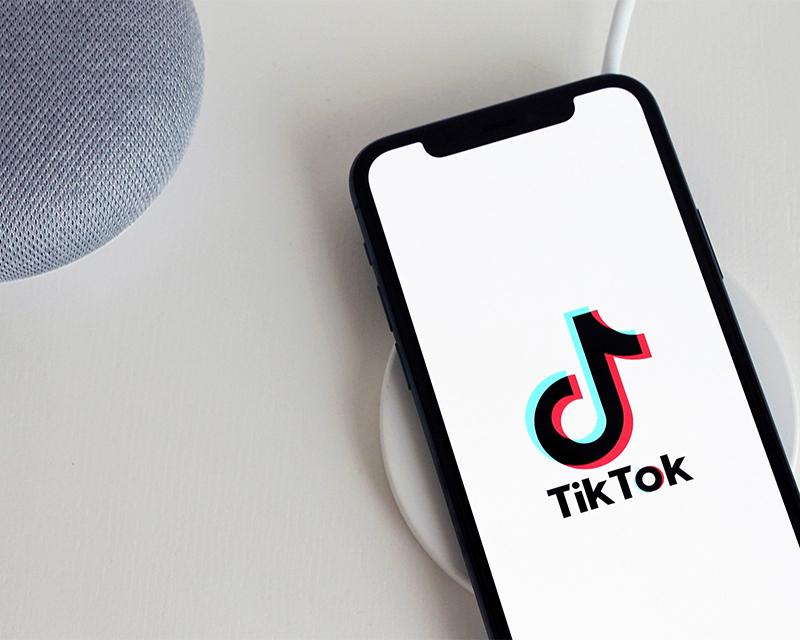Another day, another video. At least, that is the mindset millions of TikTok users have around the world, in order to receive attention or “clout” and hopefully become the next teenager to shoot to fame for filming videos as short as 15 seconds. However, the most astonishing part of this is that these 15 second videos do, in fact, offer people a one-way ticket to the center of the latest and juiciest entertainment news right now. Whether it be a video of someone imitating a chicken that received 3.6 million likes or someone accidentally banging her head on a counter that has 5.7 million, TikTok is growing to be one of the most powerful and influential platforms of social media.
I remember my first encounter with TikTok. It was last year, in 2019, when I arrived at my friend’s house to see her rolling on the floor laughing. Once I asked her what she was cackling about, she showed me a video of a man mouthing the word “marshmallow” and making strange movements afterwards. At this, I looked to the right and saw that this video had around 9.2 million views and 2.5 million likes. After googling what this bizarre platform was, I was able to retrieve the basic information that it is a Chinese application for making and sharing short videos. Then, a few months later, came the Renegade Challenge. Everyone around me was suddenly learning the dance moves to a snippet of the song “Lottery” but with the majority of the clip solely relying on a few beats and a monotone voice repeating “renegade.” People at school were filming everywhere: the bus, the cafeteria, the gym, and even during class, and posting it on Tik Tok.
Basically, no one likes to miss out on something everyone else around them is doing. While some challenges, such as the Ice Bucket Challenge, are for good cause, many of the viral ones on social media do not have a significant impact. Remember the Kylie Jenner Lip Challenge? People tried to mimic the look of the celebrity’s lip injections by making them seem outrageously big, filmed a 15 second video of them and his or her reaction, uploaded the video on a social media platform, and called it a day. The Bottle Flip Challenge? People were dared to flip a half-filled water bottle and try to make it land upright. The more and more viral it became, the more and more extreme locations in which people did this challenge got, just waiting for the views, the likes, and the money to roll in.
However, there is a reason why so many people take their precious time to do what others may think of as rather pathetic. This simple action of imitating what so many others have already done actually triggers a part of your brain that links this feeling of completion to your emotions. This occurs especially to teenagers, who have an extremely vulnerable and fragile mentality. It convinces your mind that hopping on the trend will build connections with others and facilitate social interaction. This may be why TikTok’s popularity surged even more during lockdown, where everyone was stuck inside their homes due to the global COVID-19 pandemic. Social interaction is an enormous part of our lives, and doing these challenges may be the only way your brain can handle having no one to interact with but your family members at home.
So many people are already relying on the application to be their best source of entertainment. Despite the fact that a few 20-something year old TikTok stars are setting bad examples for the younger audience, such as underage drinking, online scandals, and are ignoring some safety precautions against the coronavirus disease, the application is far too developed to get control of it now. With over 1,000 staff members just in the US and 500 million users globally, TikTok impacts not only the influencer economy but also relations between the US and China as well. As of now, the application has become an escape from the current difficult situations in the real world, and the future of it remains to be seen.

